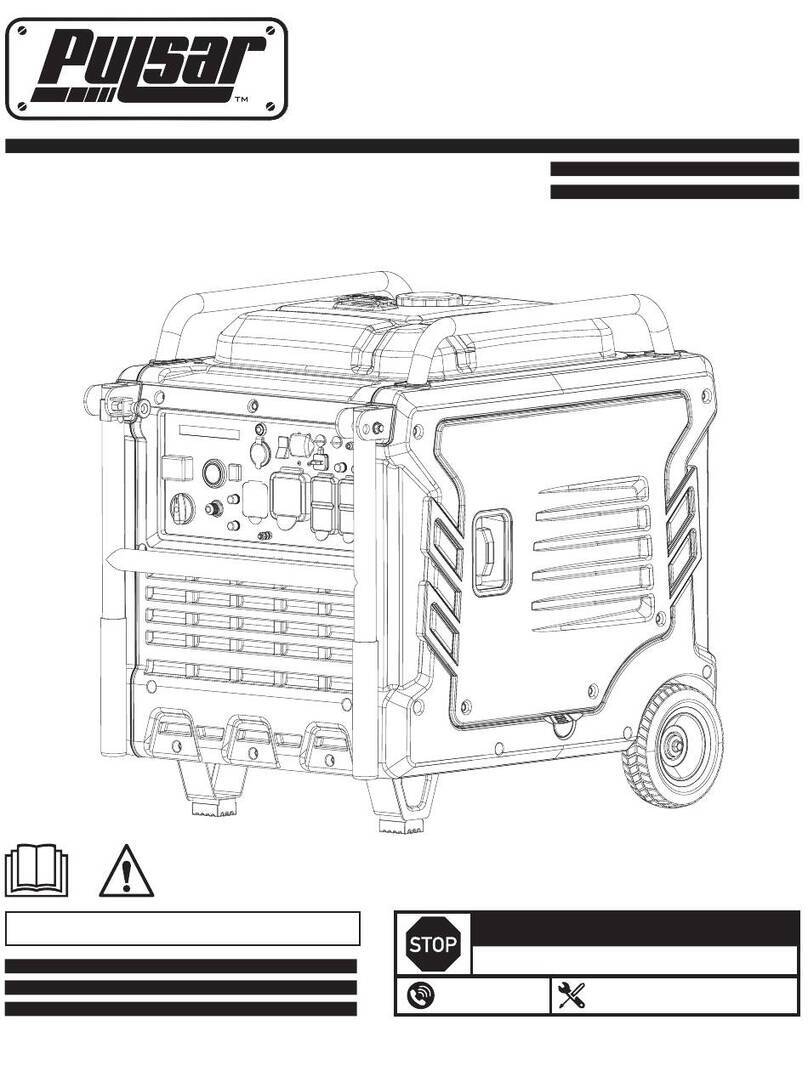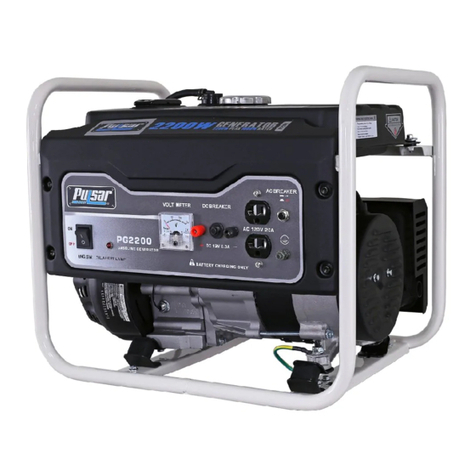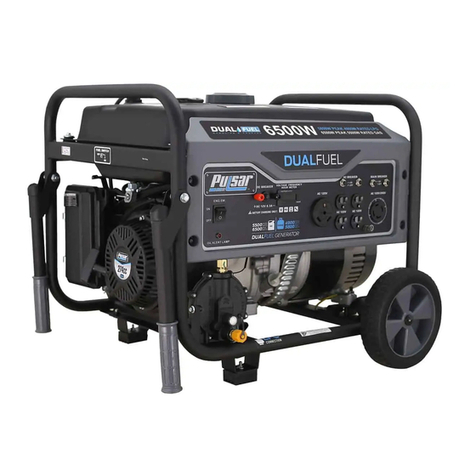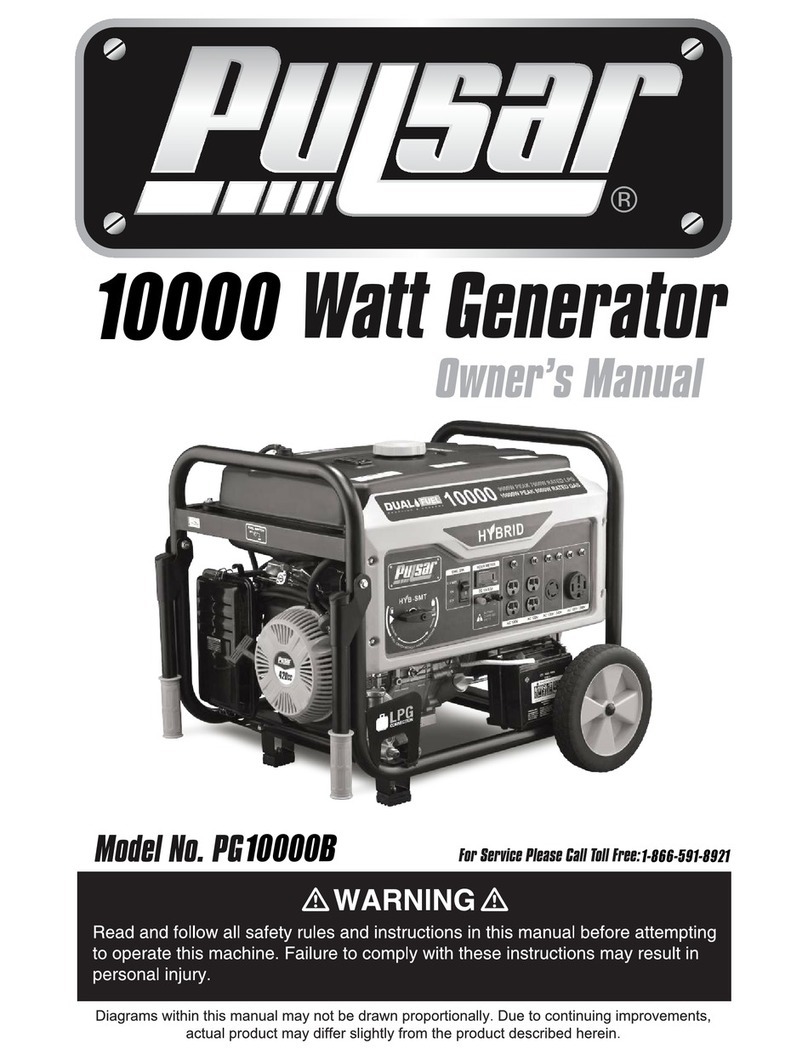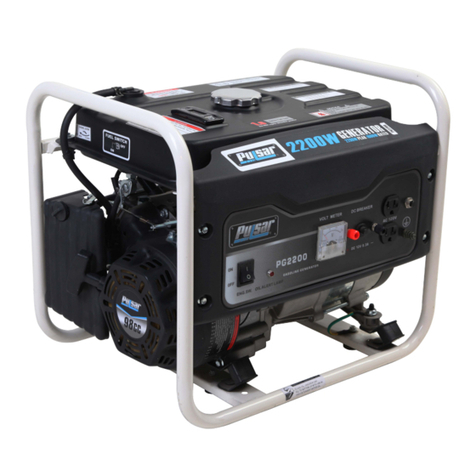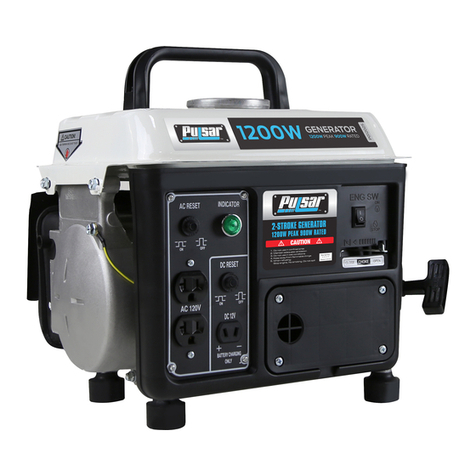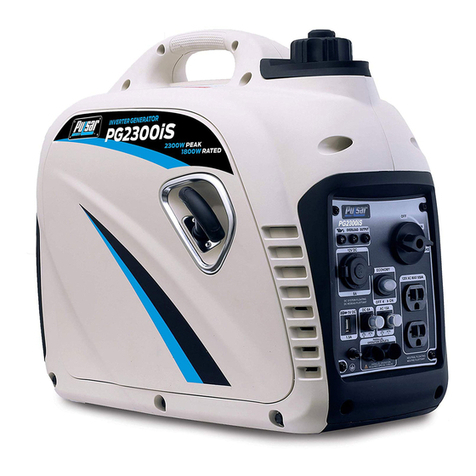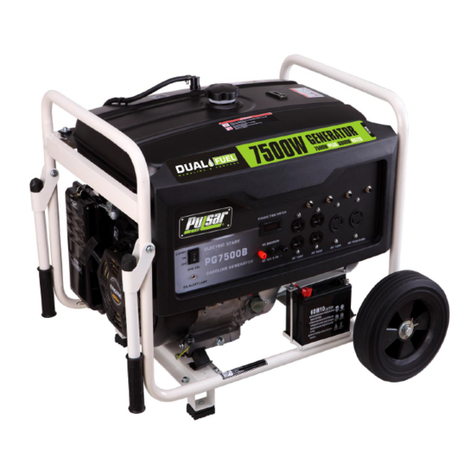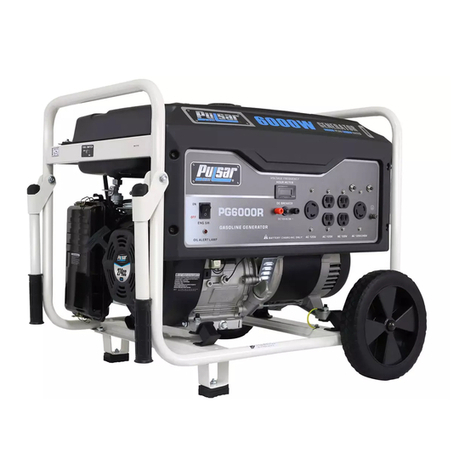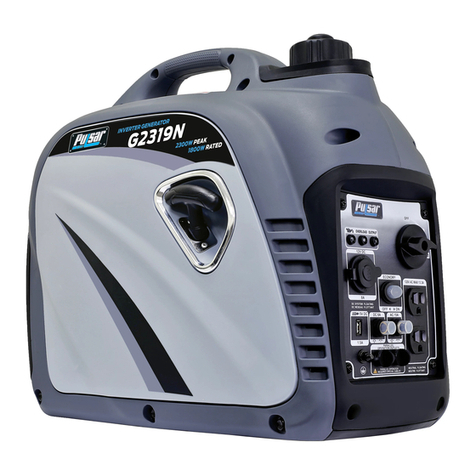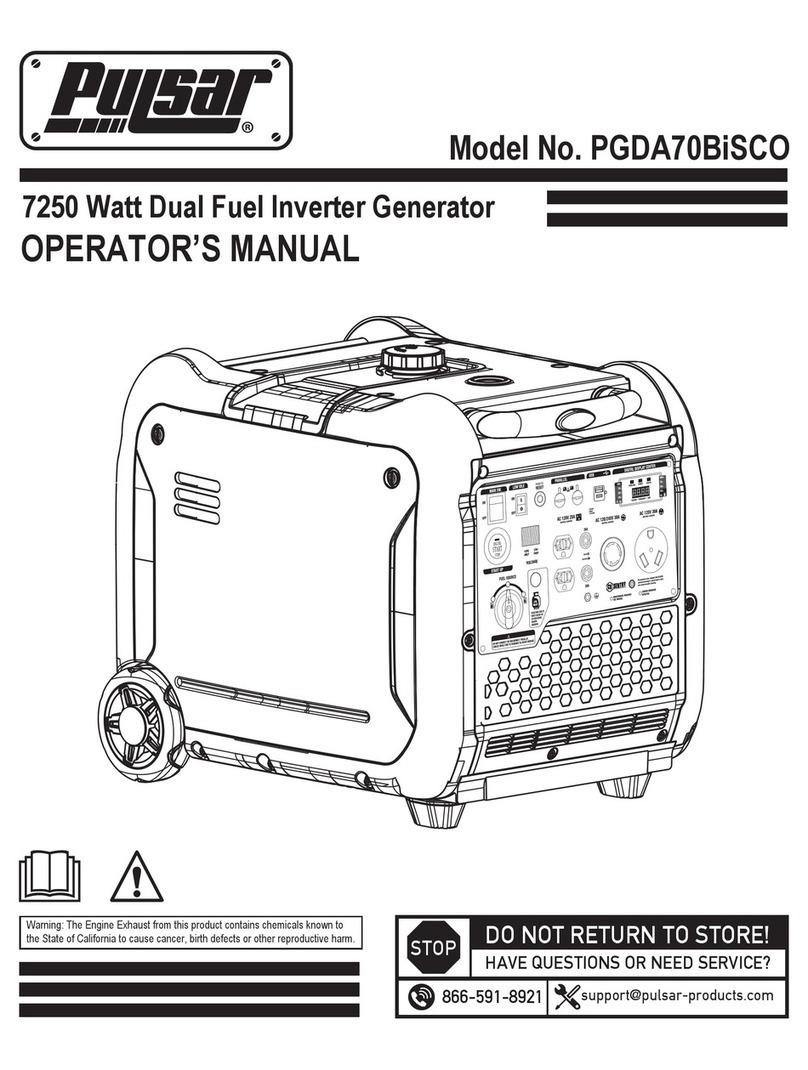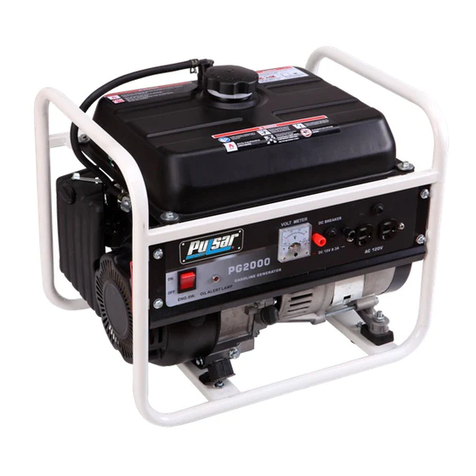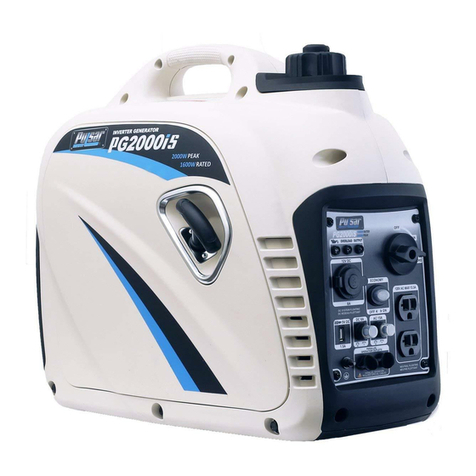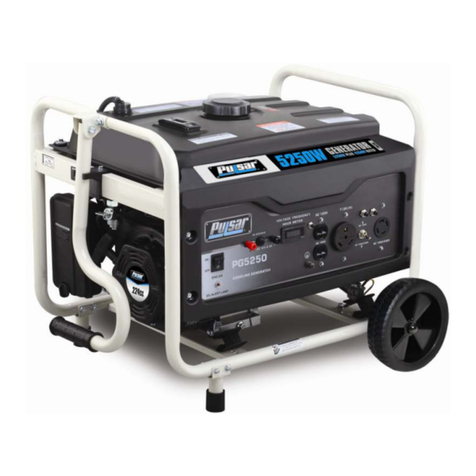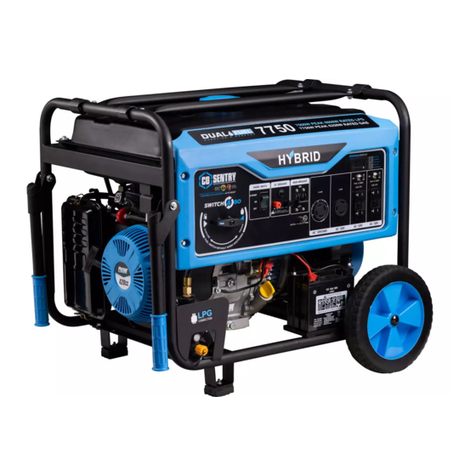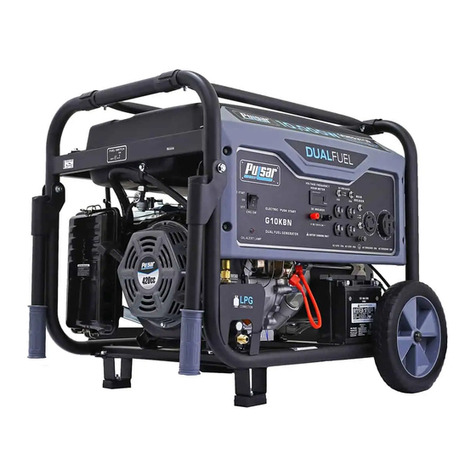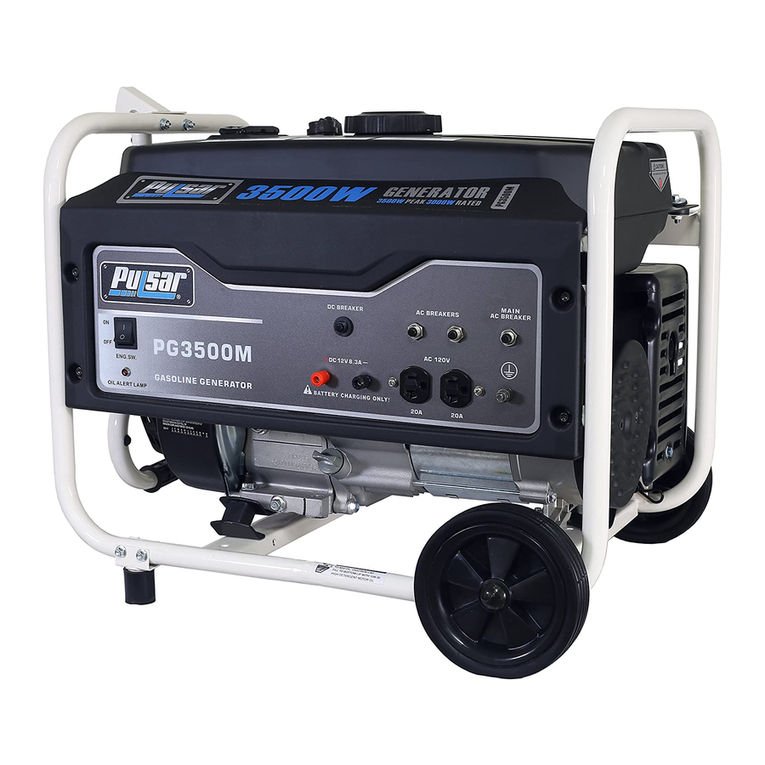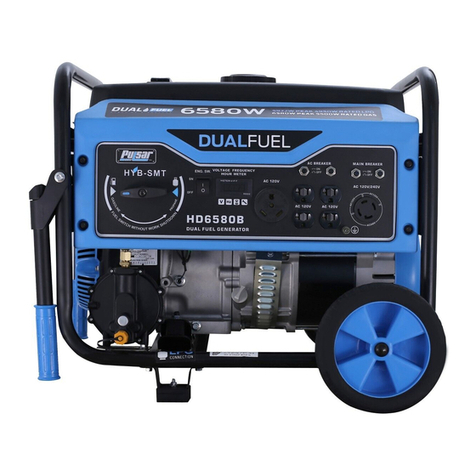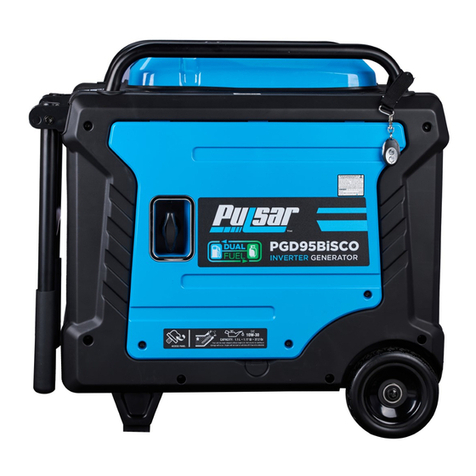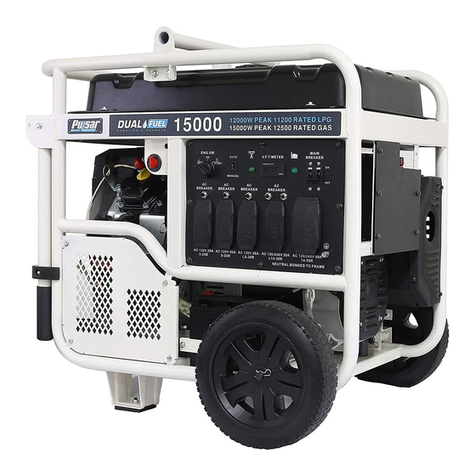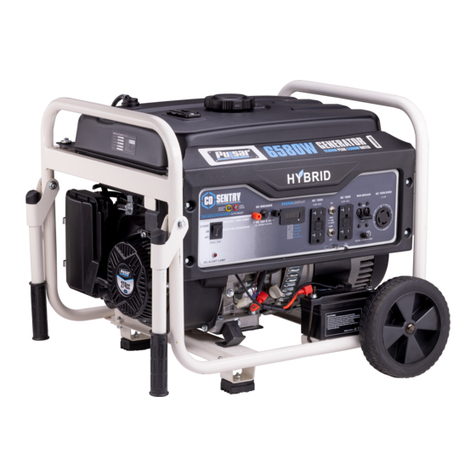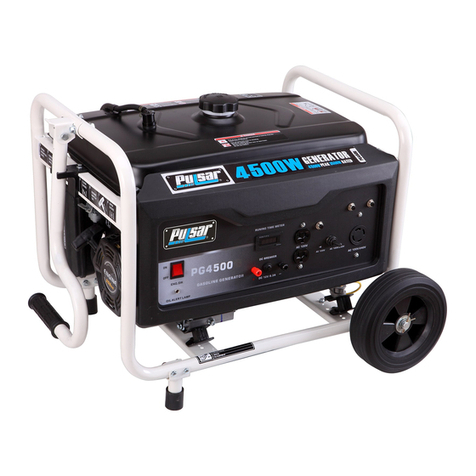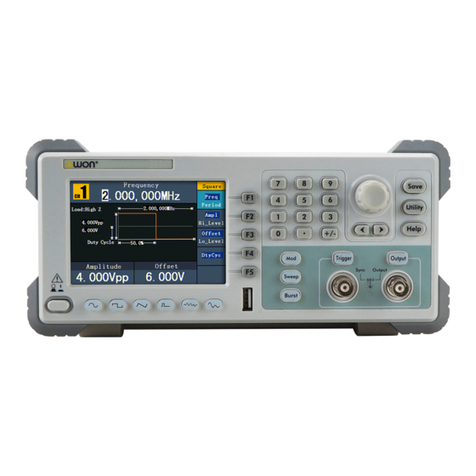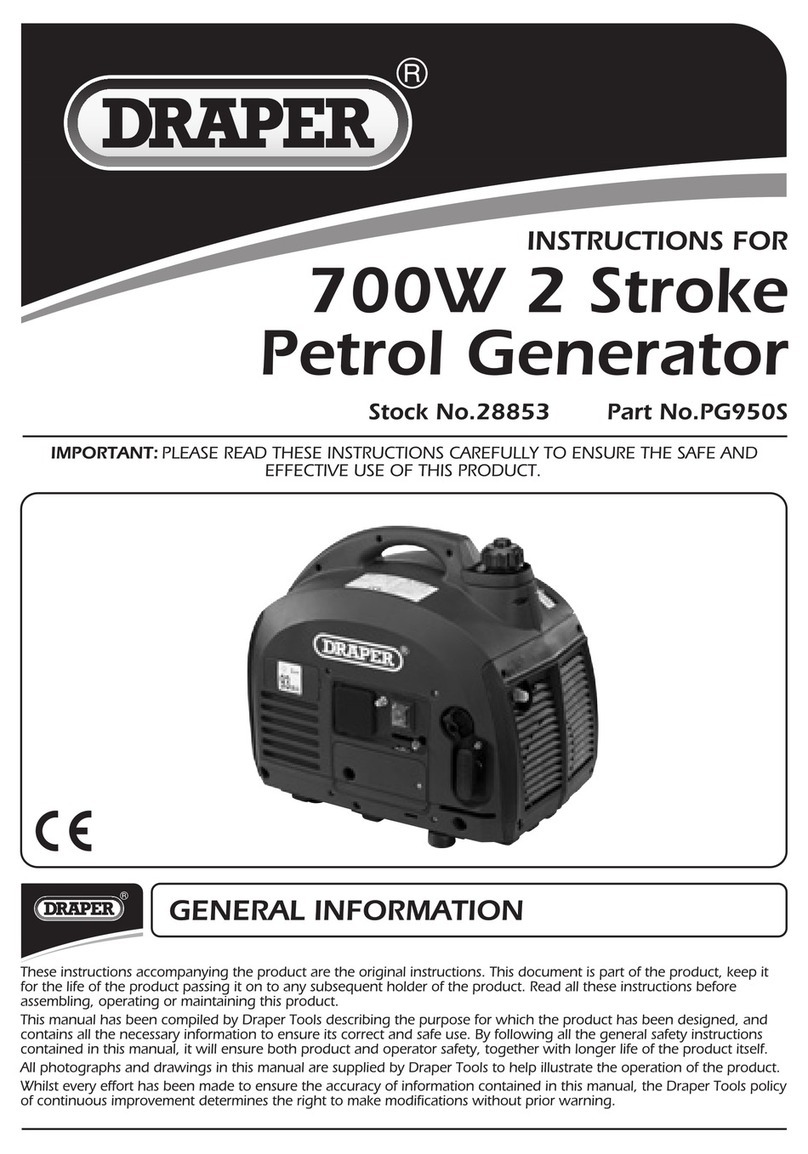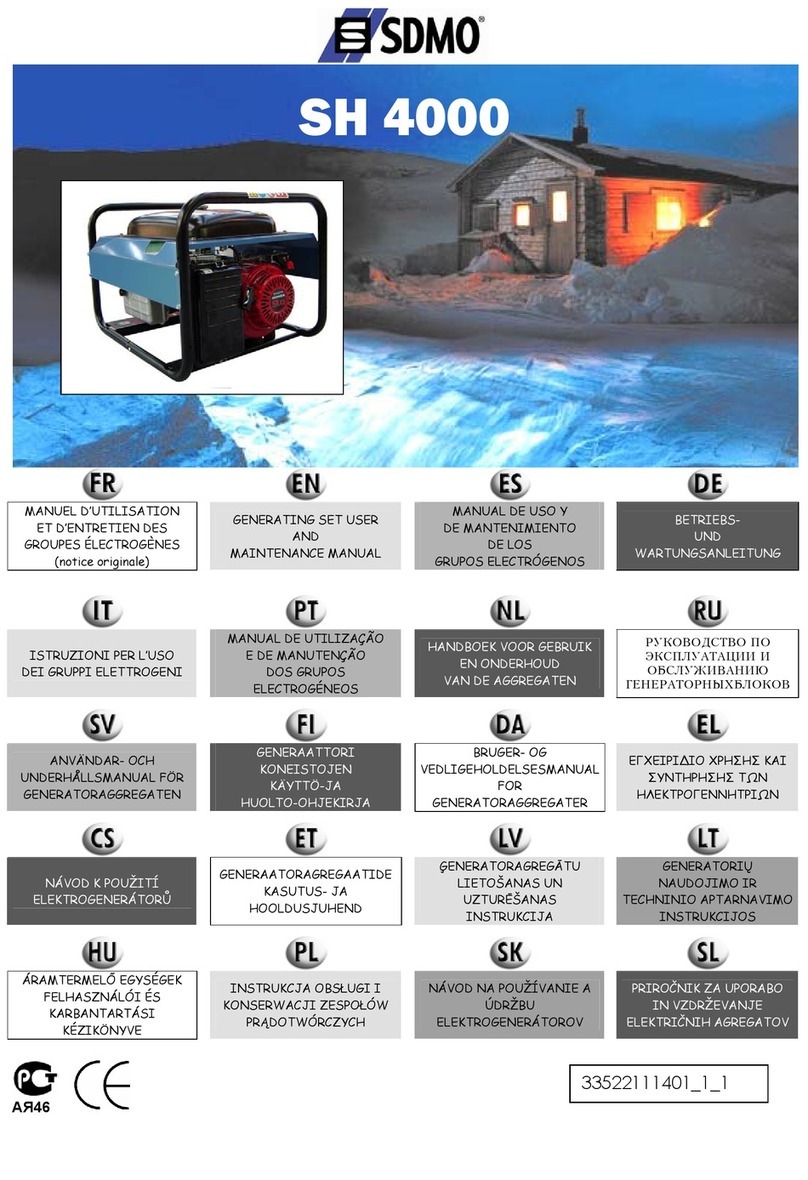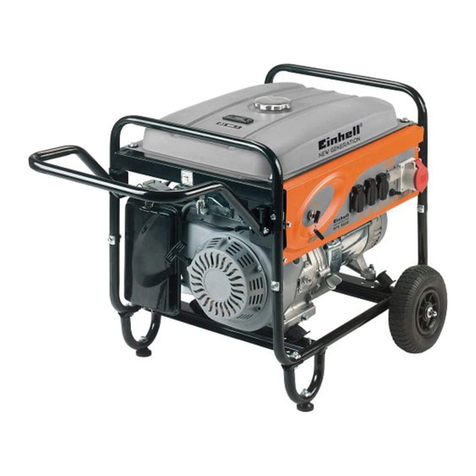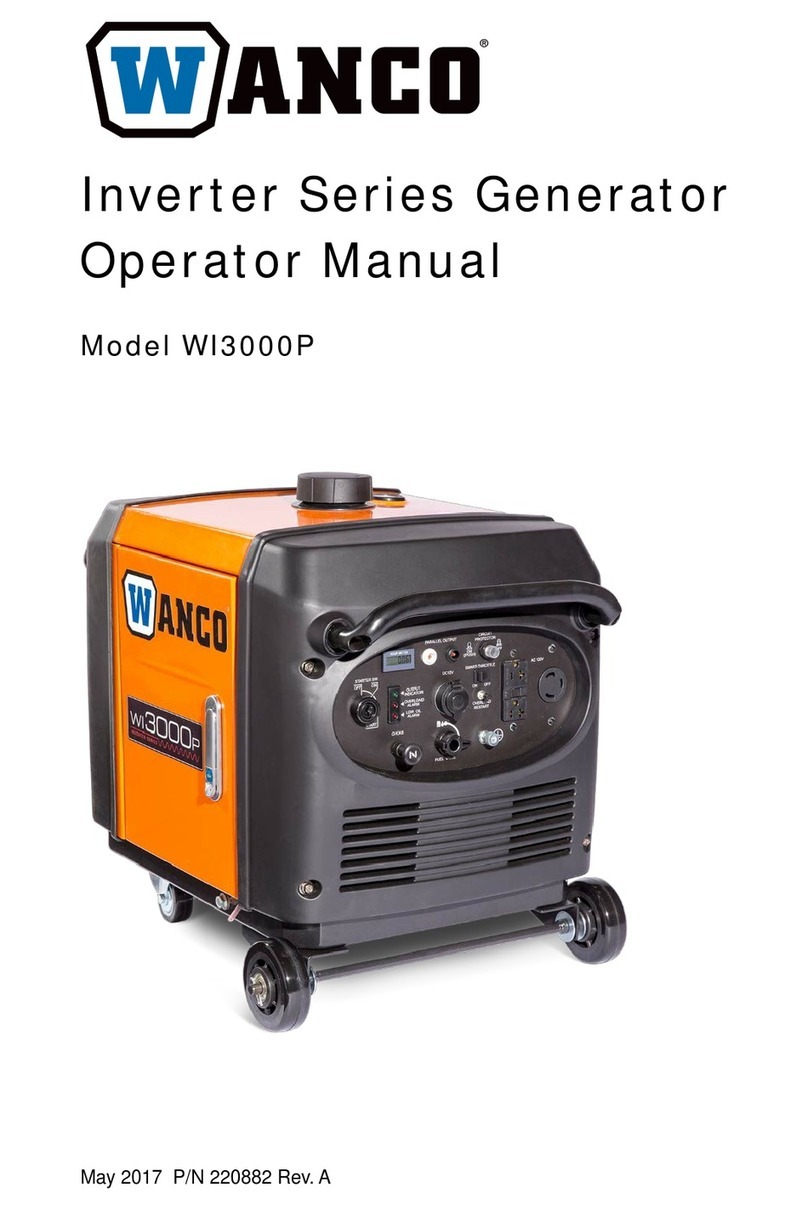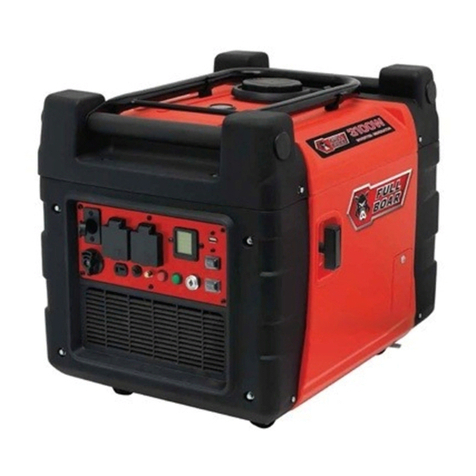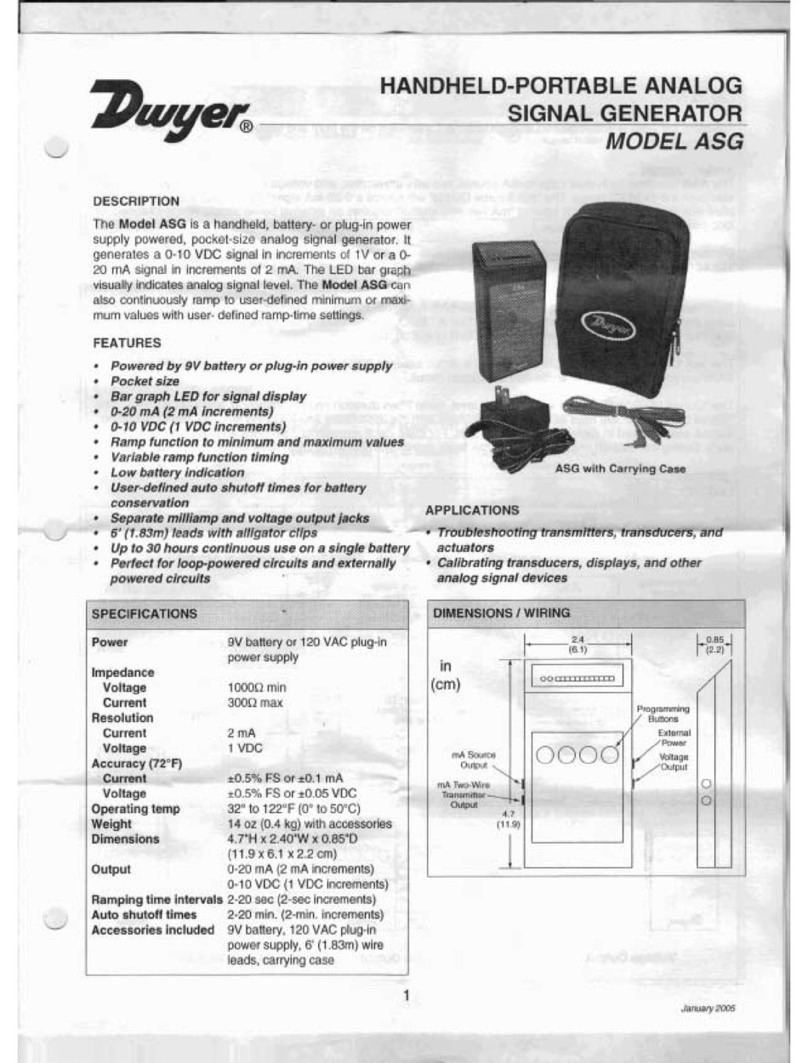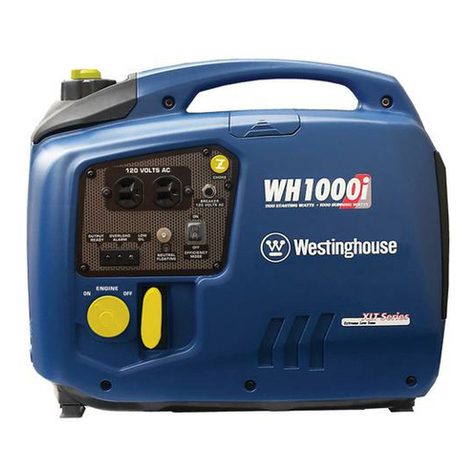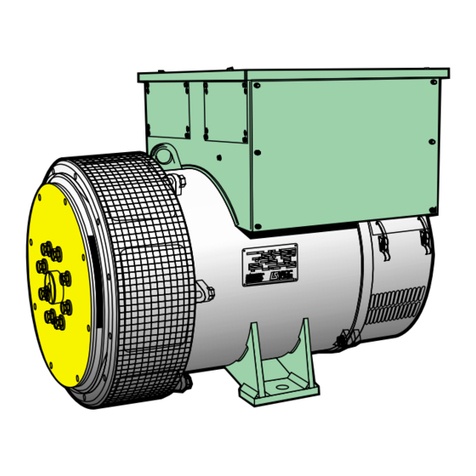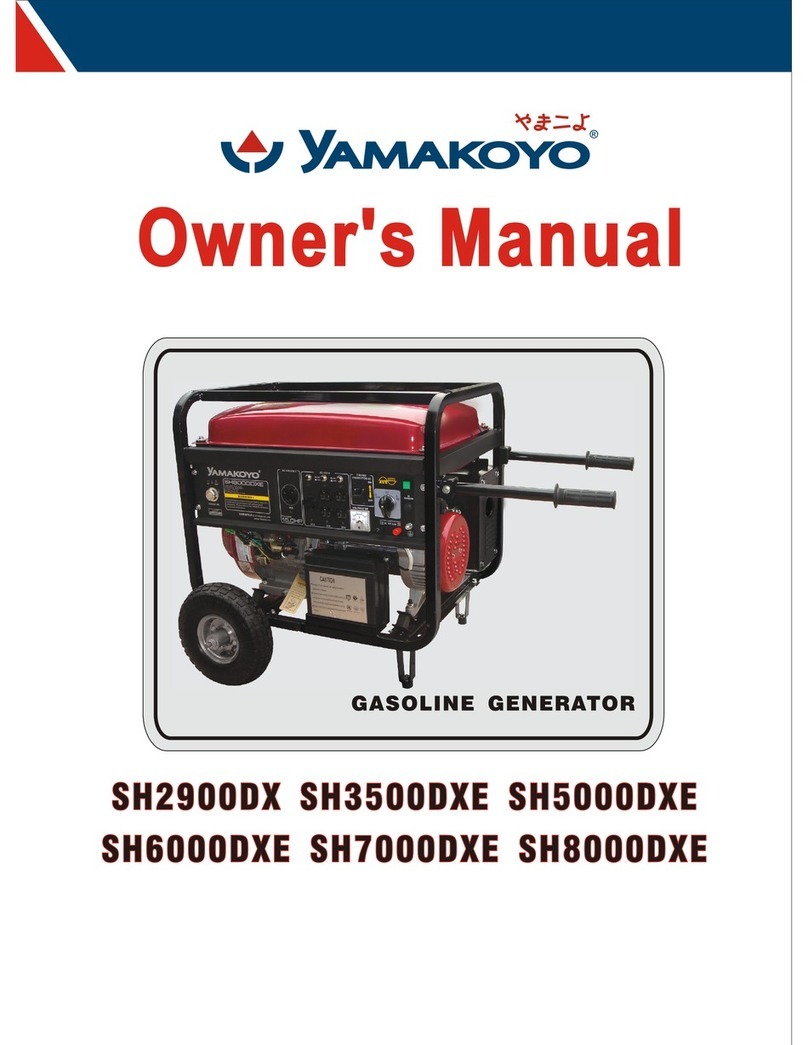
1
Table of Contents
Introduction Safety Warnings and Notices
Thank you for choosing Pulsar Products!
This manual provides instruction on how to operate and use your
generator safely and correctly; be sure to read and understand
this manual before using your generator. If you have ANY
questions, please phone 866.591.8921 M-F or email
All details and images in this Operator’s Manual are believed to be
accurate at the time of publication.
Pulsar Products reserves the right to make updates to this manual
at any time.
Please contact Pulsar Support at 866.591.8921 M-F or email
This manual is a permanent part of the generator set. If the
generator is resold, kindly include this manual with the generator.
Throughout this manual and on generator decals you may see
one or more of the notices below. Safety Warnings alert you to
potential hazards that could cause death, injury, or damage to
property. The decals show one of four words "DANGER",
"WARNING", "CAUTION", and "NOTICE". Definitions are
as follows:
DANGER indicates an imminently hazardous situation which,
if not avoided, will result in death or serious injury.
WARNING indicates a potentially hazardous situation which,
if not avoided, could result in death or serious injury.
CAUTION indicates a potentially hazardous situation which,
if not avoided, may result in minor or moderate injury. It
may also be used to alert against unsafe practices.
Failure to follow the instruction may result in the damage
to your generator and other property.
Safety Warning.........................1
Safety Instructions......................2
Names of Components...................3
Control Panel ..........................4
Control Functions.......................5
Preparing Your Generator.................6
Starting up the Generator.................7
Shutting Down the Generator .............10
Using the Generator.....................10
Service and Maintenance................ 11
Storage and Transport ................. 13
Troubleshooting....................... 14
Technical Parameters .................. 15
Electrical Schematic ................... 16
DANGER
WARNING
CAUTION
NOTICE
